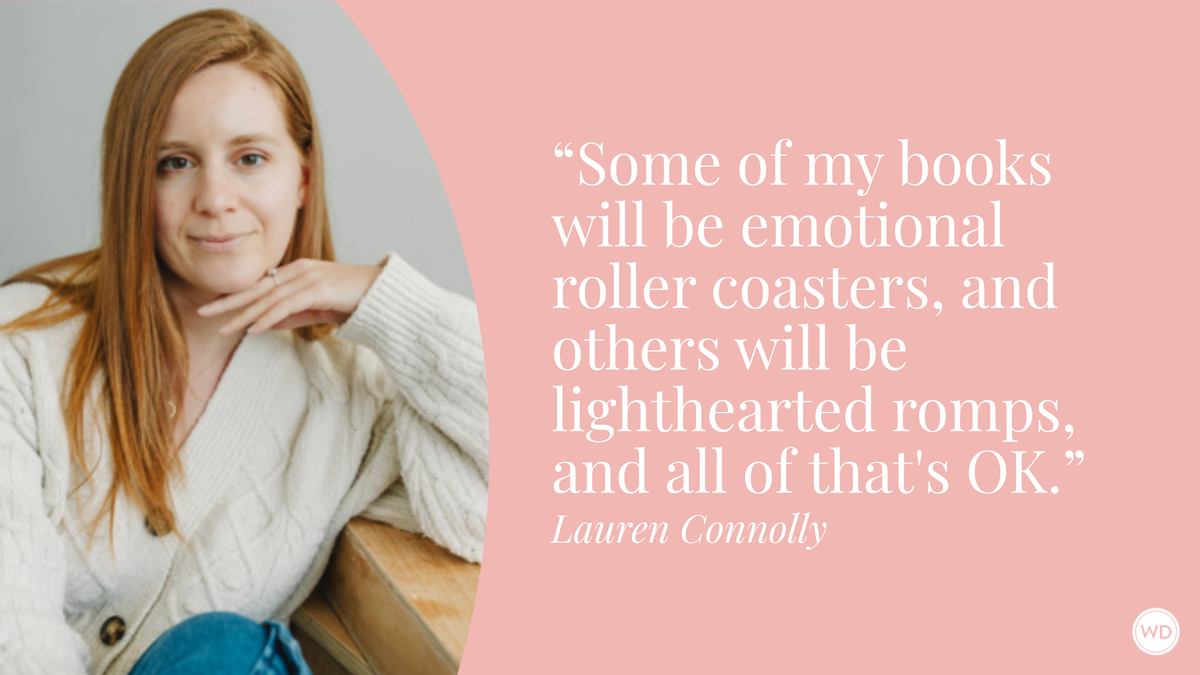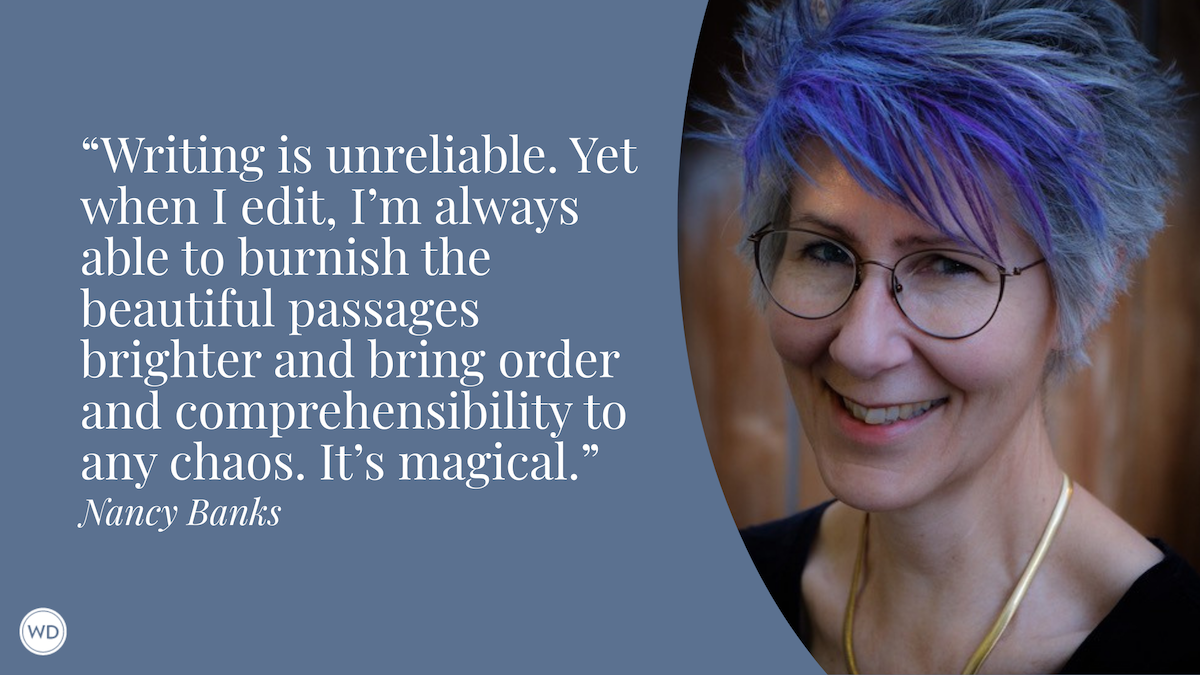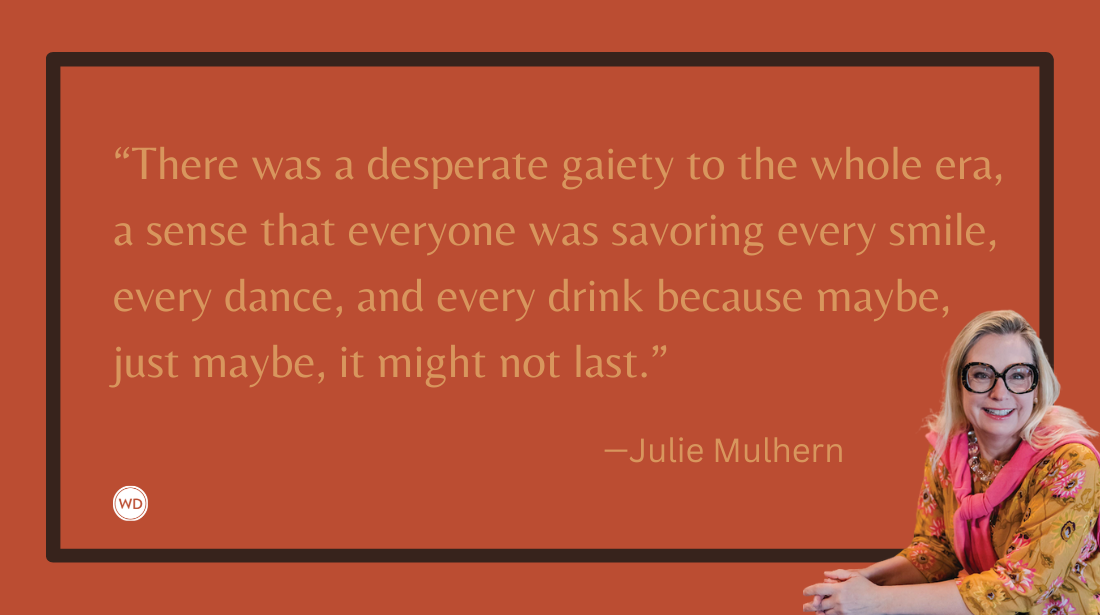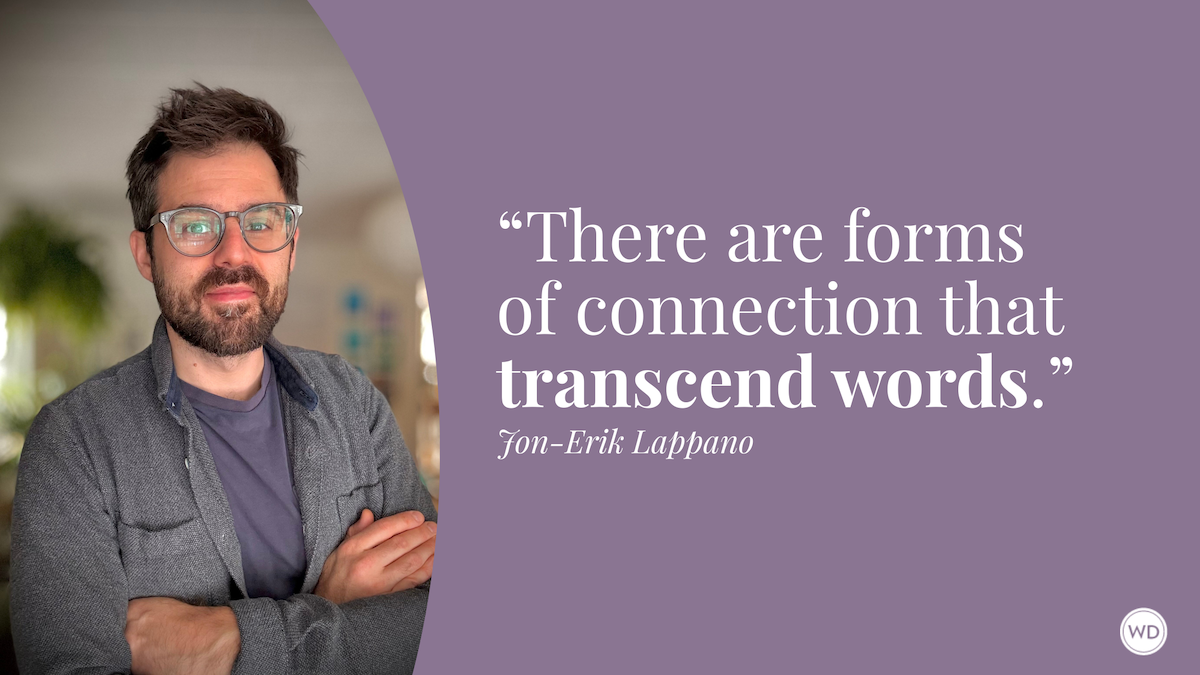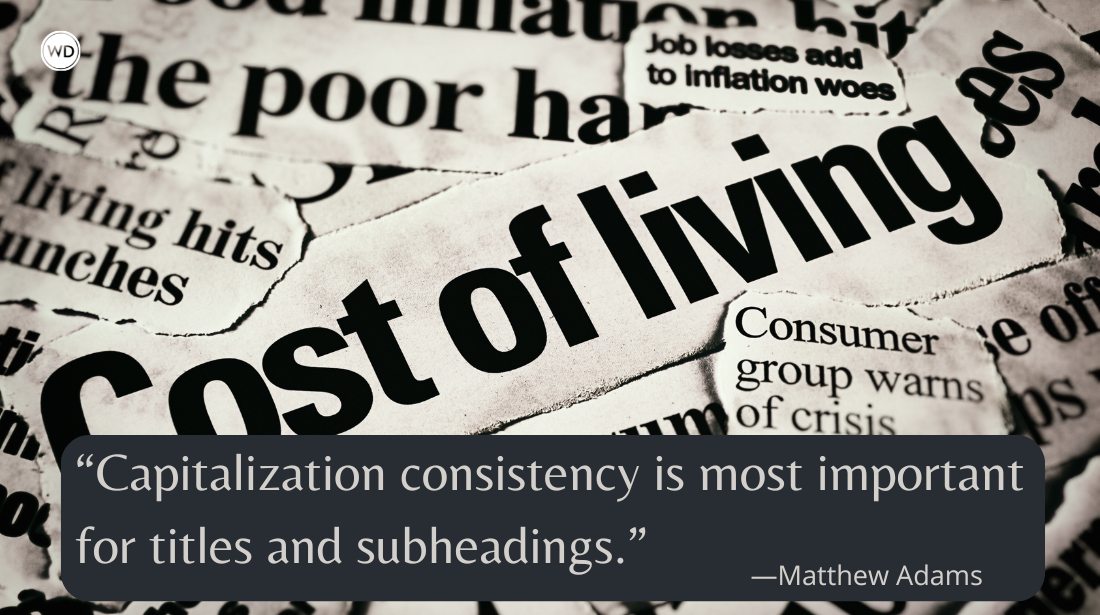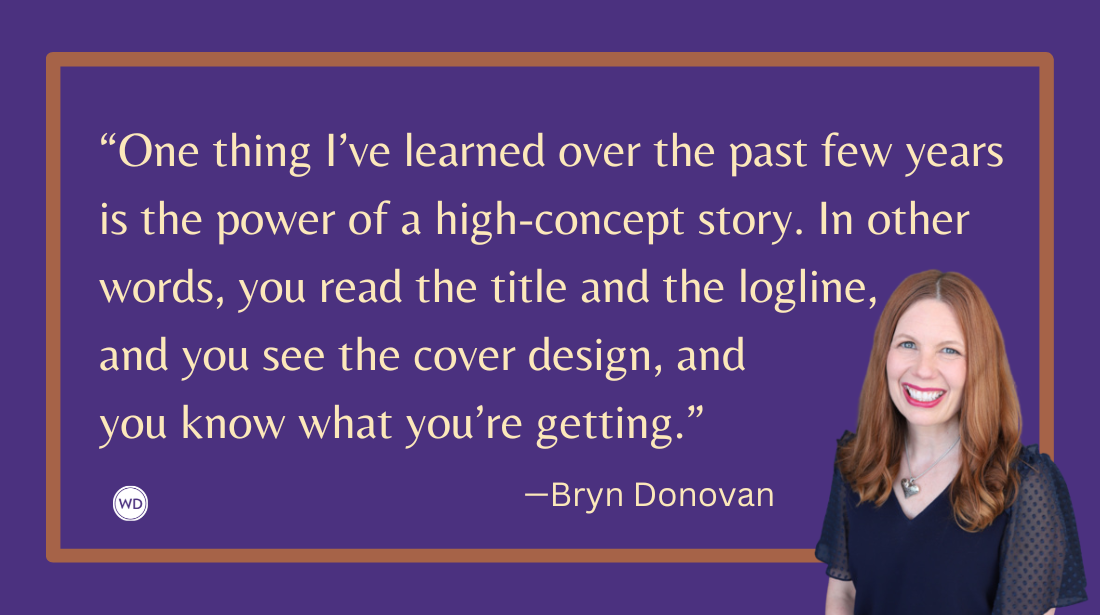When Silence Speaks: Letting the Illustrations Do the Talking in Graphic Novels
Author and comedian Jyoti Chand shares five tips for writers who aren’t illustrating their graphic novel and four common mistakes.
When I first began writing Fitting Indian, my debut graphic novel, a story was burning inside me. But as someone who can barely draw a stick figure, I assumed the only way to get that story across was through the dialogue—line by line, panel by panel, word by word. Every facial expression, every reaction, every emotional beat, I tried to write into the dialogue or captions. I believed the words were the story.
As I did my due diligence by immersing myself in graphic novels throughout writing the first draft, I learned that silence speaks louder than words. A character sitting silently on her bed, her shoulders hunched, her eyes cast downward, doesn’t need a thought bubble to explain what she feels. That single panel says more than a paragraph ever could. That’s when it hit me: The strength of a graphic novel isn’t just in the words; it’s in the spaces between them.
A graphic novel is a dance between two media. Writing a graphic novel isn’t the same as writing a prose novel with pictures added on later. It’s a visual form of storytelling where art and text must be in constant conversation, not competition. In many ways, it’s like writing a script for film or stage, except every shot, every gesture, every pause must be imagined and communicated clearly to your illustrator. And then you have to step back and let them show it.
That kind of restraint doesn’t come naturally to most writers. We're taught to describe, to explain, to give the reader the full picture. However, in graphic storytelling, over-explaining is often a sign of mistrust. Mistrust in the art, in the illustrator, and the intelligence of your reader.
In one key scene from Fitting Indian, the main character confronts her mother in the kitchen after a family blow-up. Originally, I had written a full page of dialogue. The character poured out her anger and frustration in lines that felt powerful on the page—but crowded in the panel. It felt overwhelming when I read it back.
So I stepped back and tried to imagine the scene: the mother’s tightly gripped teacup, the daughter’s clenched jaw. I realized the words were diluting the emotional impact, not enhancing it, so I trimmed the page back to a few essential lines and let the illustrations do the heavy lifting. That scene now lands harder because of the restraint.
5 Tips for Writers Who Aren’t Illustrating Their Graphic Novel
1. Write visually, not just verbally.
In your script, think in terms of images and actions. Describe what’s happening in the panel beyond dialogue—what’s the character doing, feeling, showing? What’s happening in the background? I have scenes with background actions that are foreshadowing future events in the plot. For example, Chloe and Henry are canoodling at the first party, but Nitasha doesn’t learn until later that they are dating.
2. Avoid “double writing.”
If a character is crying, don’t write a caption that says, “She was so sad she began to cry.” Let the image show the emotion. The words should add depth, not redundancy.
3. Leave space for stillness.
Not every panel needs dialogue. Not every page needs dialogue. Silence can create tension, intimacy, or reflection. If you have a copy of Fitting Indian, look at the scene where Jaya attempts to take her own life. There are no words. I trusted Tara to see my vision and make it hers.
4. Be collaborative and open to revision.
Your illustrator is your co-storyteller. If they propose a layout or beat change that strengthens the moment visually, listen. This isn’t about you. This is about the story.
5. Think about pacing.
You control how quickly or slowly readers move through the story by how much you include in a panel and how panels are arranged. A quiet moment stretched across three silent panels can land more powerfully than a single frame packed with speech.
4 Common Mistakes—and How to Avoid Them
Overloading panels with text.
If your dialogue takes up more than 25% of the panel, you’re probably doing too much. Tighten the line or break the scene into smaller moments.
Micromanaging visual details.
You don’t need to specify every strand of hair or exact body angle unless it’s critical to the story. Leave room for the illustrator’s interpretation. This is their forte, and it’s up to the writer to give them the space to shine.
Writing like a prose novelist.
Graphic novels aren’t just “books with pictures.” If you’re overly descriptive in captions or internal monologue, the story can feel weighed down and unbalanced.
Forgetting visual symbolism.
Images can carry metaphor and meaning. Let recurring objects, color schemes, or body language do thematic work for you.
Final Thoughts
What makes graphic novels such a visceral, emotional medium, especially to share heavy themes like suicide and mental health with adolescents, is their ability to blend what is seen with what is said. But too often, writers underestimate the seen. We rely on words when what’s truly needed is space: a panel with no dialogue – just art that holds a truth too complex for speech.
As a non-illustrating graphic novelist, your job isn’t just to write what happens, it’s to know when not to. That’s where the story breathes. That’s where it becomes art.
Check out Jyoti Chand's Fitting Indian here:
(WD uses affiliate links)




